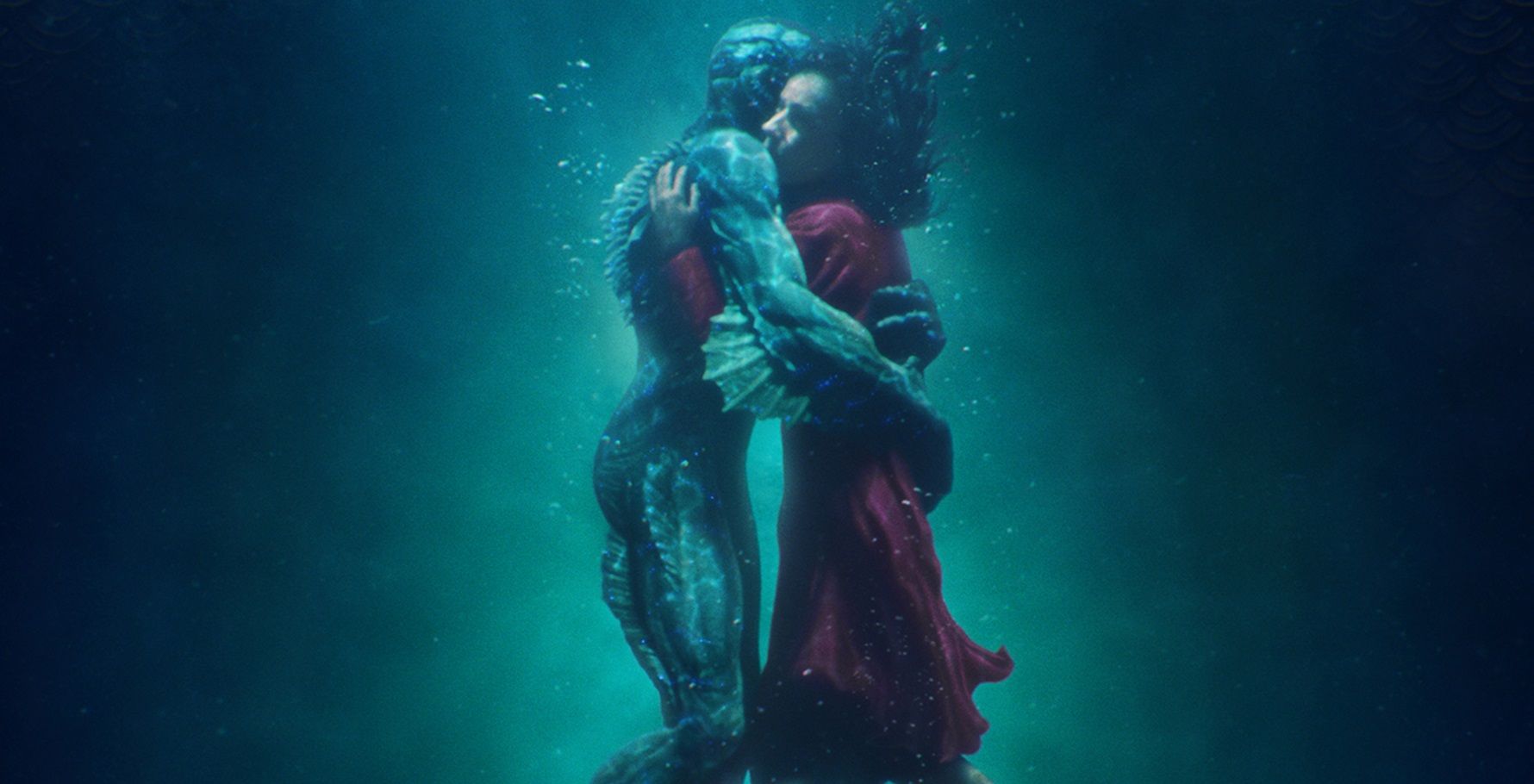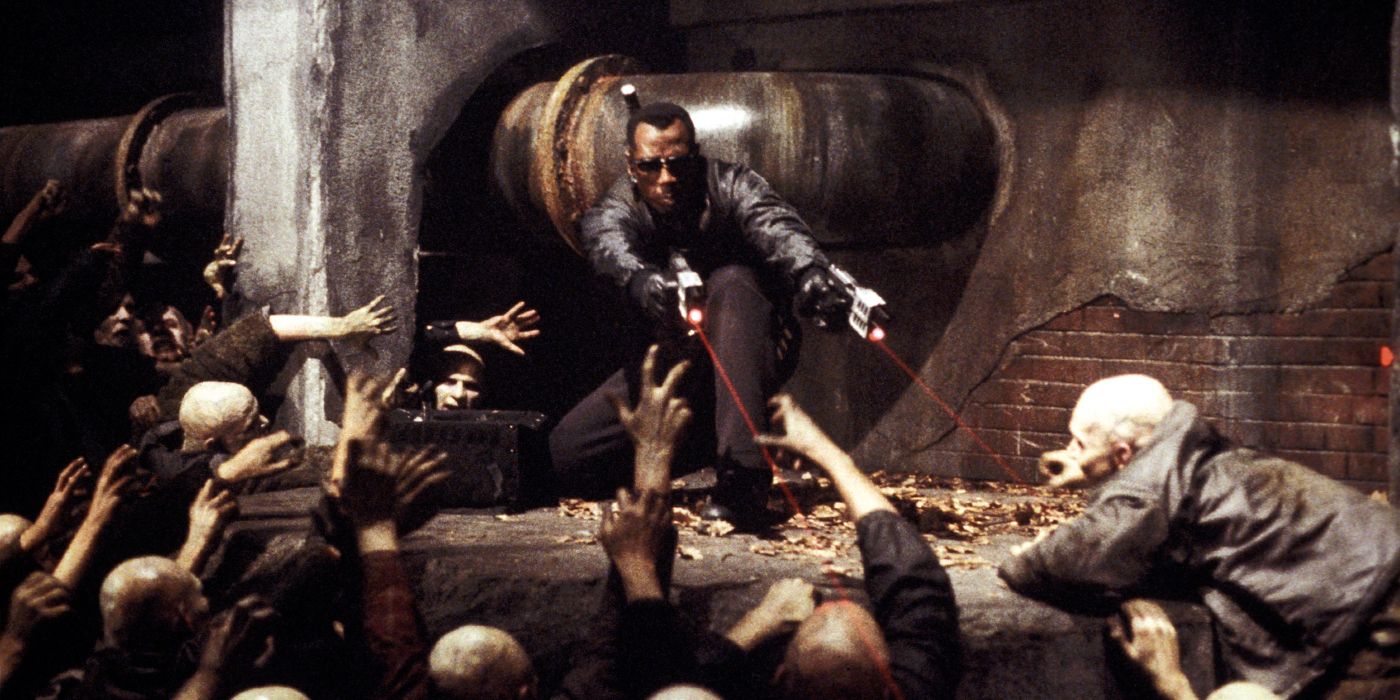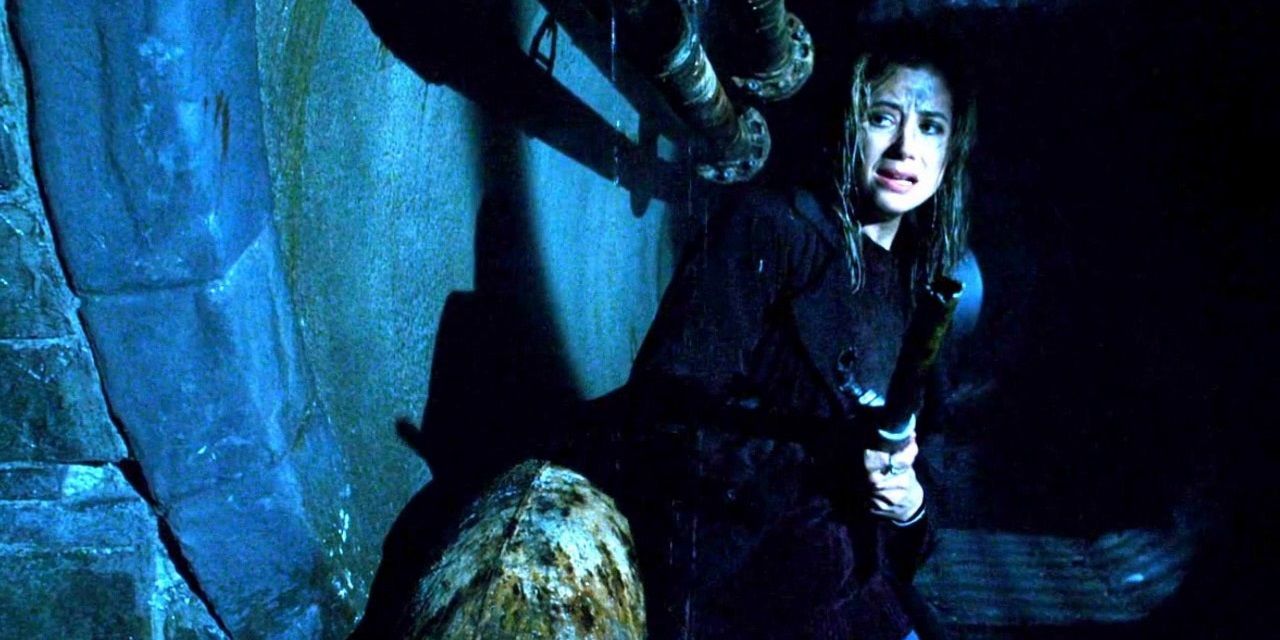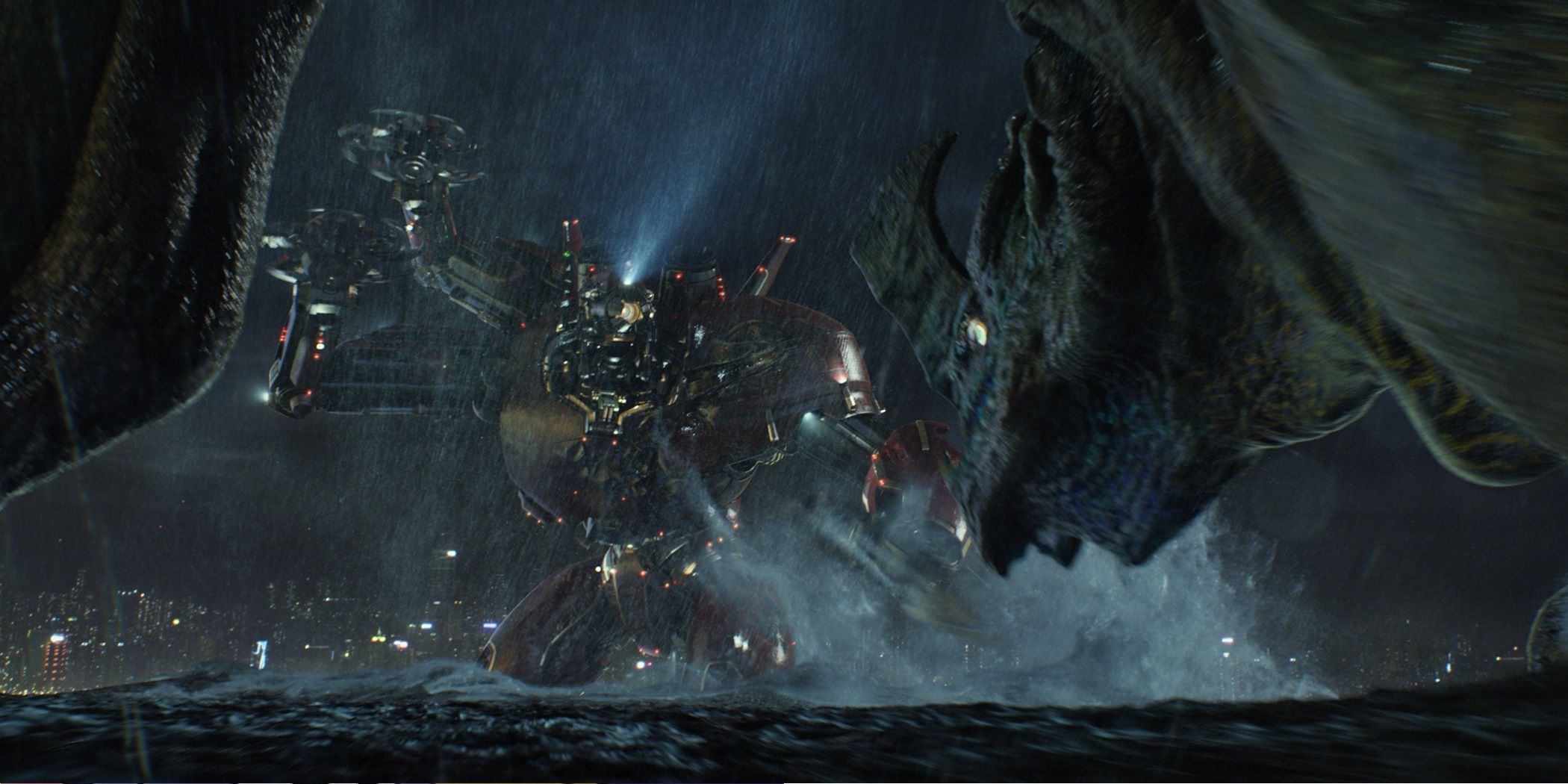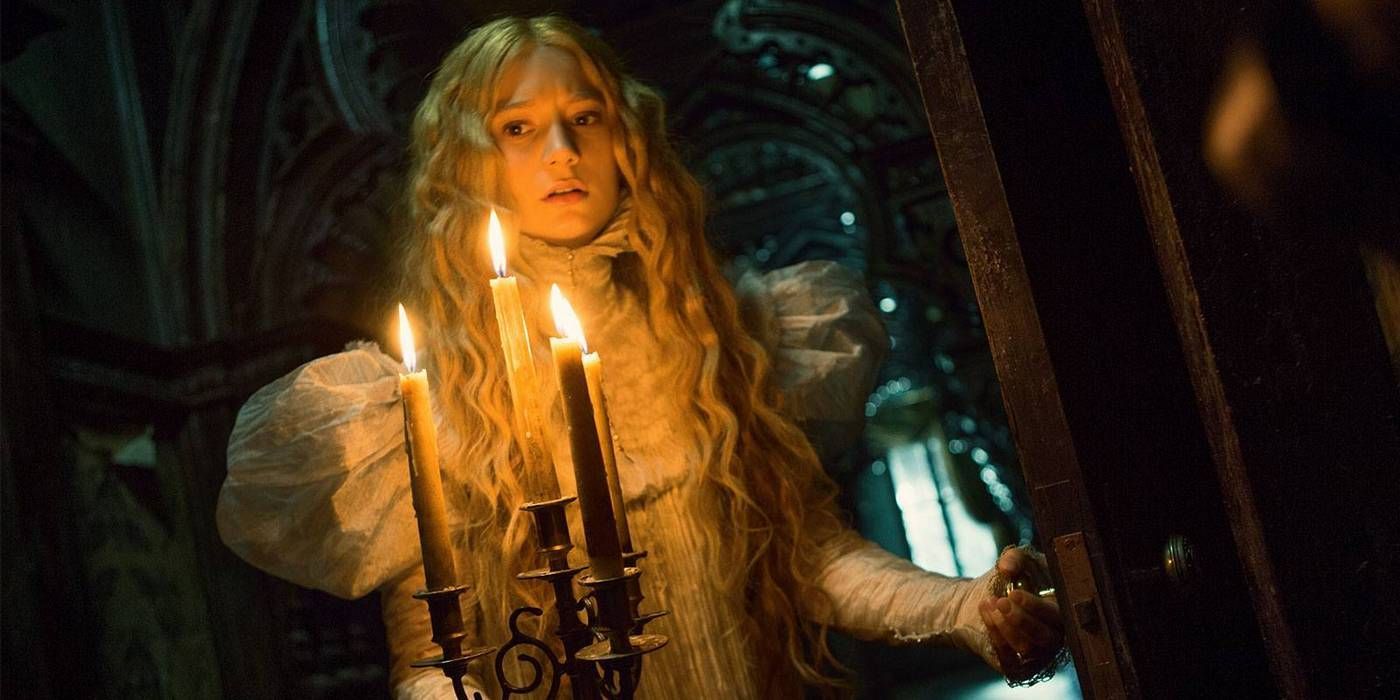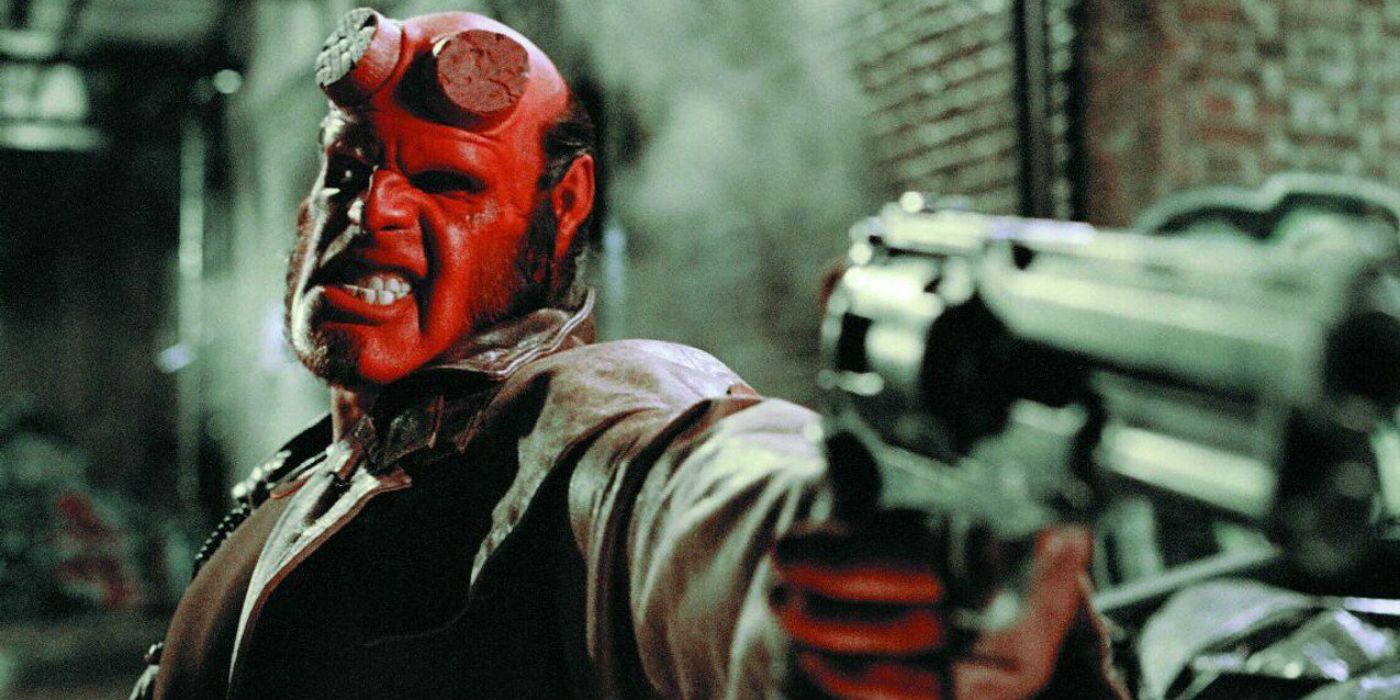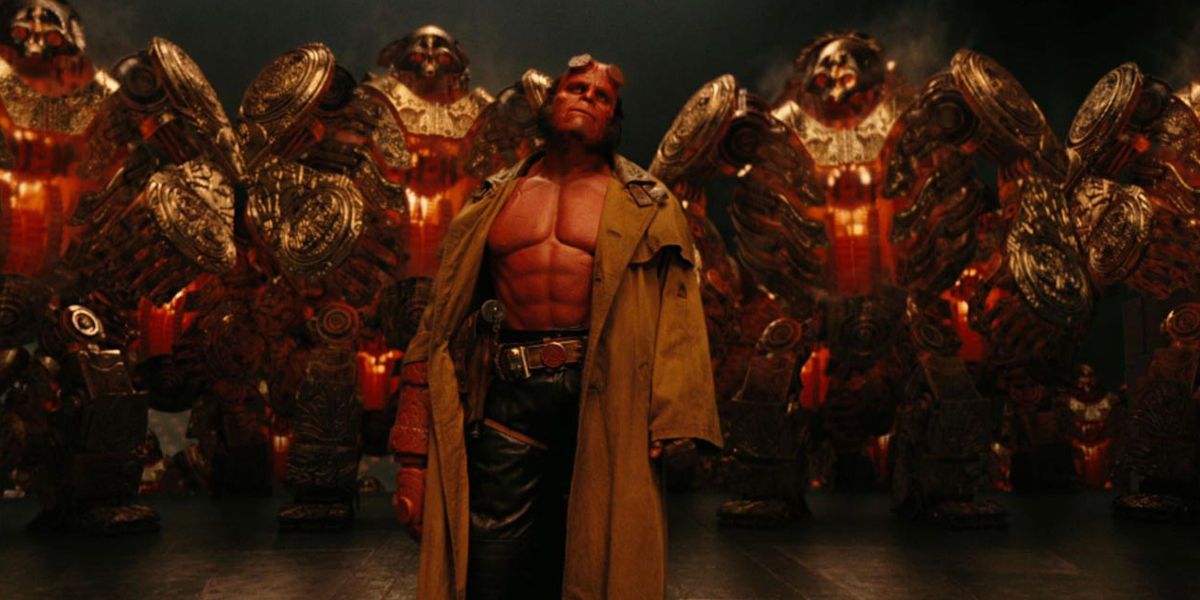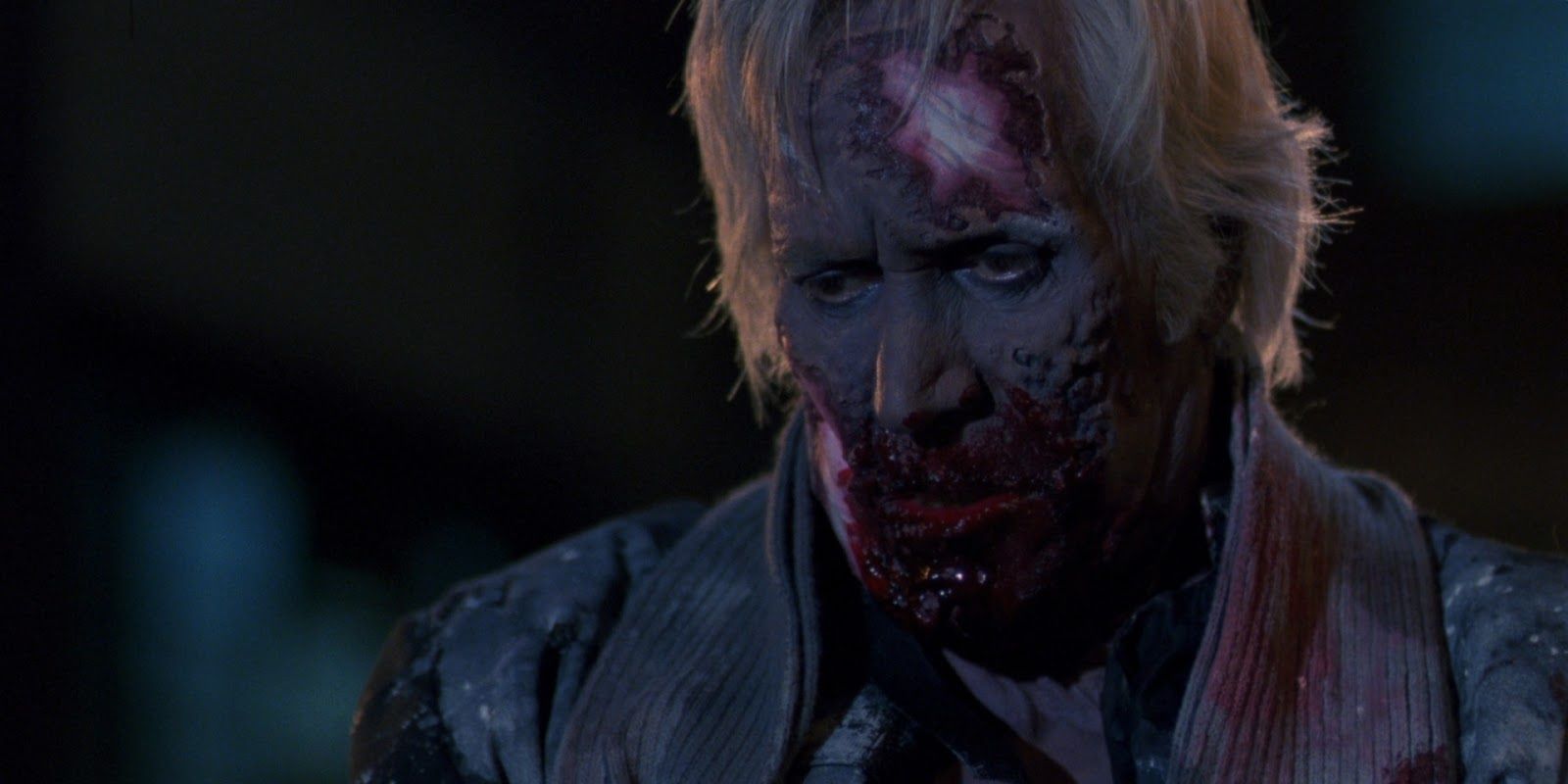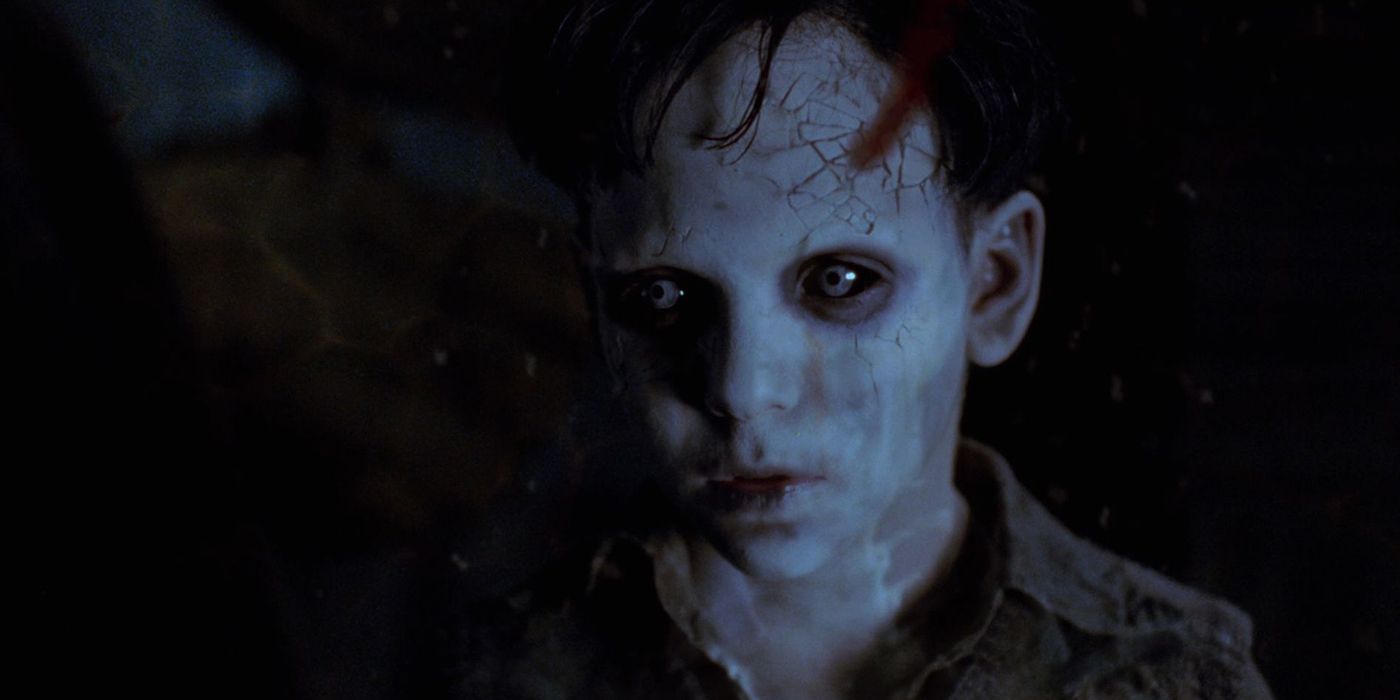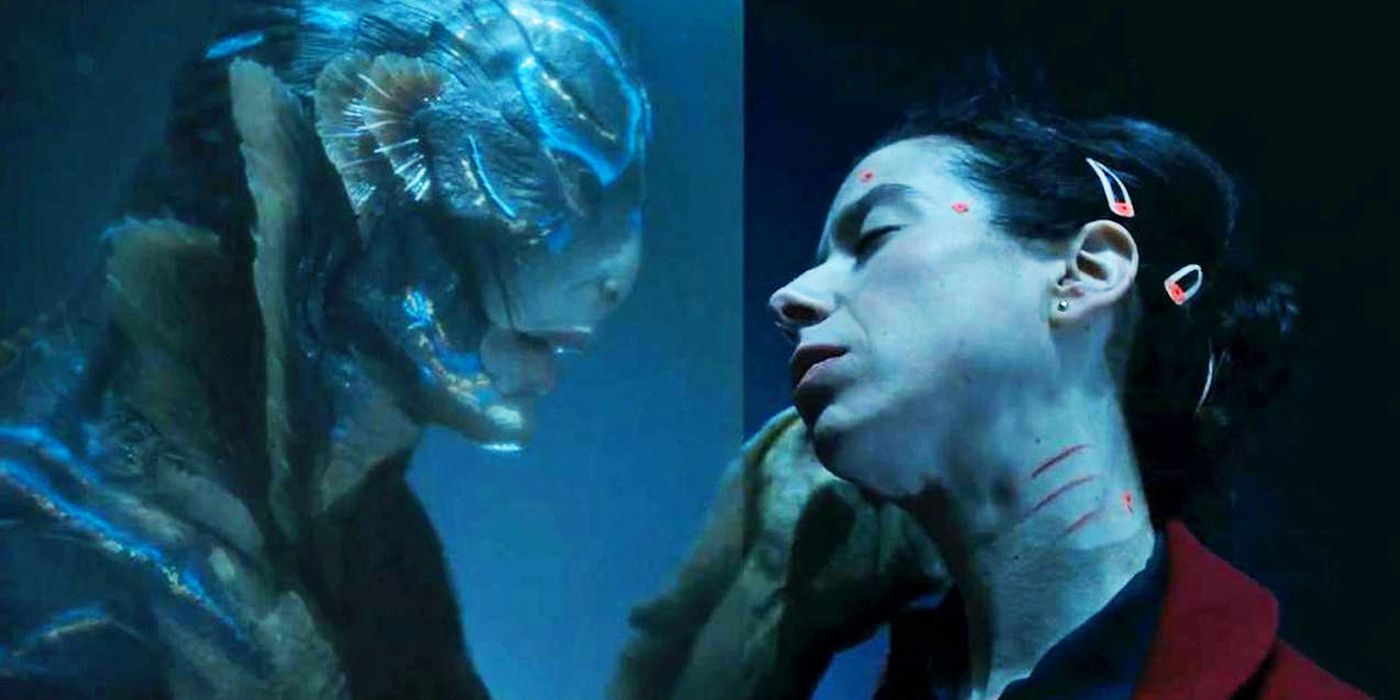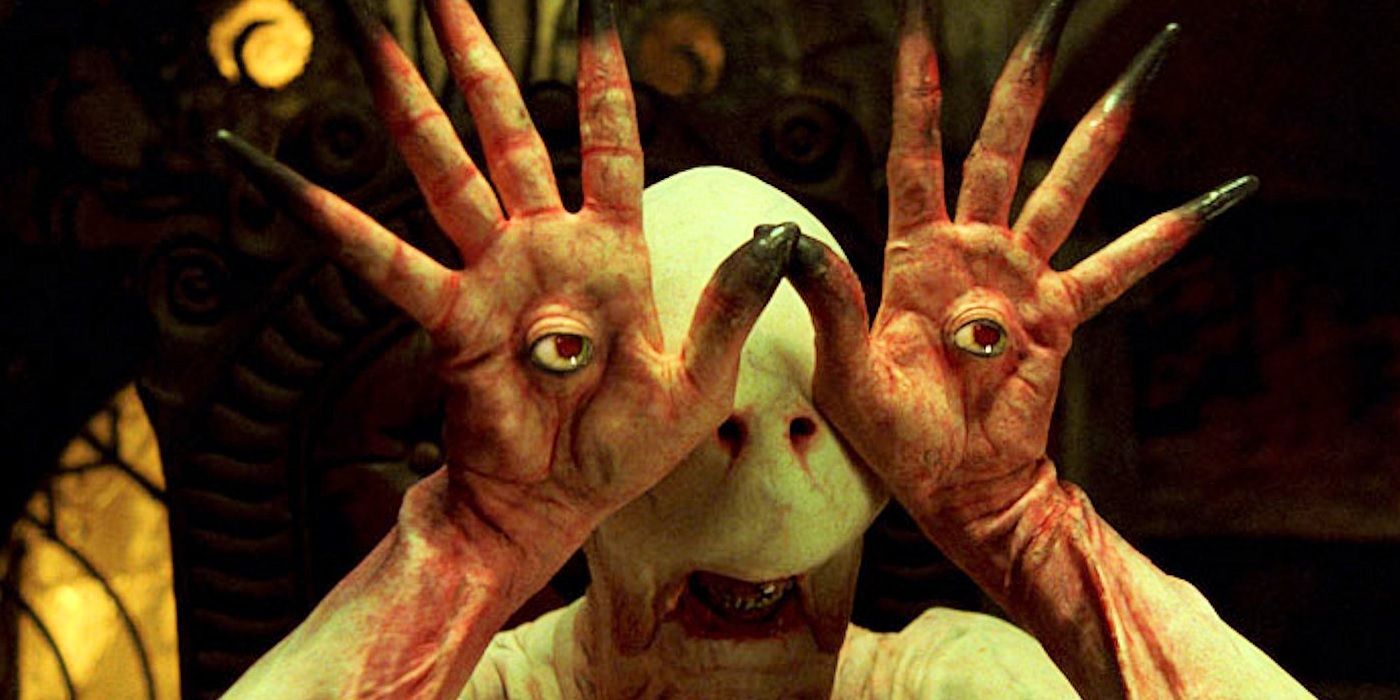Guillermo del Toro has one of the darkest minds in Hollywood, but he’s also one of the most talented and inventive filmmakers working today. Although he’s told such disparate stories as the romance shared by a mute janitor and a sea monster, a paranormal law enforcement agency’s quest to save the world led by a demonic superhero, and soldiers in robot suits beating up interdimensional giant monsters, you can always tell a del Toro movie.
His movies have a very specific tone: dark fantasy with an extra dash of emotion. Here are Guillermo Del Toro’s Movies, Ranked By Rotten Tomatoes.
Blade II (57%)
Mahershala Ali will have some pretty big boots to fill when he starts playing Blade in the Marvel Cinematic Universe, because Wesley Snipes nailed the character in his initial trilogy. Plus, these Blade movies were really the first superhero blockbusters, so this whole comic book trend that floods theaters every month owes them a huge debt.
Guillermo del Toro’s sequel was decidedly lighter in tone and gloomier in visuals than the first one. The breathtaking action sequences carry the whole movie on their shoulders – when Snipes isn’t doing that for them – and del Toro created an atmosphere that was both visceral and gritty.
Mimic (61%)
Of all the hybrid film genres out there, the combination of science fiction and horror are arguably the two that go hand-in-hand the best: Alien, Event Horizon, The Thing, Cloverfield, Predator – the list goes on. Mimic isn’t a phenomenal movie, and it might not stack up to those greats, but it is a fine example of blending existential sci-fi ideas with chilling horror set pieces.
It’s about an insect that is biologically designed to kill cockroaches and ends up turning on humanity. To top it all off, Mimic was the Hollywood debut of Norman Reedus, who would go on to play Daryl Dixon in The Walking Dead, so many fans would be thankful to del Toro for giving him his big break.
Pacific Rim (72%)
Del Toro’s take on the kaiju genre was definitely a spectacle to behold. It might not have had a compelling plot or thoroughly developed characters, but in terms of visual pizzazz, Pacific Rim is pure escapist cinema. Giant Lovecraftian monsters have escaped from an interdimensional portal on the seabed and taken over the world.
As humans struggle to survive on a kaiju-controlled planet, an elite military unit has been dressed to the nines in monster-sized robotic armor to take them on. The movie isn’t a particularly groundbreaking work of cinema, but it is Godzilla-sized fun and its slick visual effects make it endlessly watchable.
Crimson Peak (73%)
In the lead up to Crimson Peak’s release, Guillermo del Toro insisted that it wasn’t a horror movie, but rather a gothic romance that happened to contain ghosts. With its gloomy visuals and terrifying atmosphere – not to mention the lead character battling a supernatural monster at the film’s climax – it definitely feels like a horror movie.
There is a love story element, and it’s more interesting than it could’ve been, but audiences clearly came to this one for the chills and the thrills. Causal moviegoers weren’t enthralled, but diehard fans of the director won’t be disappointed, because Crimson Peak is uncut, unadulterated del Toro.
Hellboy (81%)
There was an attempt to reboot this demonic superhero franchise earlier this year that went down horribly. Guillermo del Toro and Ron Perlman nailed the character the first time, so rebooting it felt like rebooting Batman after Christopher Nolan got his hooks into The Dark Knight trilogy (oh, wait – they are doing that).
Del Toro’s PG-13 vision of Hellboy is far closer to the comics than the new R-rated version, because style isn’t simply down to blood and gore and swearing. It’s the attitude of the cigar-chomping demon hunter; it’s the way the movie looks and feels – del Toro got all of that right.
Hellboy II: The Golden Army (86%)
It’s a real shame that the studio never let Guillermo del Toro and Ron Perlman take a run at a third Hellboy movie, despite both parties being eager, because the second one showed real promise for the franchise.
The Golden Army built on the character development established in the original, brought in new characters from the comics to round out the ensemble (including Seth MacFarlane as a German psychic whose consciousness is contained in a robotic suit), and introduced a villain that posed an even greater threat than the one they faced before – it’s everything a sequel should be and more.
Cronos (90%)
With the deceptively simplistic premise of a centuries-old immortality machine resurfacing in the present day, Guillermo del Toro’s first movie Cronos sets the stage brilliantly for the filmmaker’s storied career. A lot of horror movies are too heavily focused on scaring the audience to invest any time in making us care about the characters, but that’s exactly where del Toro’s directorial debut succeeds.
It has the perfect balance of horror and drama – not so much drama that it distracts from the horror, yet not so much horror that it becomes exhausting and emotionless. It was so good that the Mexican film industry decided to enter it for consideration as the Best Foreign Language Film at the 66th Academy Awards.
TIE: The Devil’s Backbone (92%)
Although he wouldn’t get to make the film until several years into his career, Guillermo del Toro actually wrote the first draft of what would become the script for The Devil’s Backbone before he even directed his debut film. As with all the best del Toro movies, the superficial horror in the story is not the true horror.
Whereas a child’s ghost haunts the whole film, the true horror is the reality of growing up during wartime. A boy’s father is killed while fighting in the Spanish Civil War and he’s sent to stay at a terrifying, haunted, metaphorical orphanage.
TIE: The Shape of Water (92%)
As the movie that won Guillermo del Toro the Academy Awards for both Best Picture and Best Director, The Shape of Water is a pretty important chapter in his career. It’s also the most recent movie he tackled, since he vowed to take a break from filmmaking after its release.
It’s set at the height of the Cold War, when Americans were getting paranoid about what the government might be hiding, and it tells the story of a janitor at a government facility who falls in love with a sea creature that has been captured. It’s fair to say that with a movie this great, del Toro has earned some time off.
Pan’s Labyrinth (95%)
If the Guillermo del Toro thesis is to use high fantasy and escapist visuals to confront real human emotions, then Pan’s Labyrinth is easily his defining work. The story has a harrowing true-to-life historical context – Spain, 1944, just after the Spanish Civil War and in the early days of the Francoist dictatorship.
It’s told through the eyes of an innocent little girl, who escapes her stepfather’s militant ruthlessness and her mother’s worsening illness by following a faun creature into a fantasy world. This is the closest del Toro has come to telling a modern-day fairy tale, and it’s universally relatable, despite its very specific placement.

